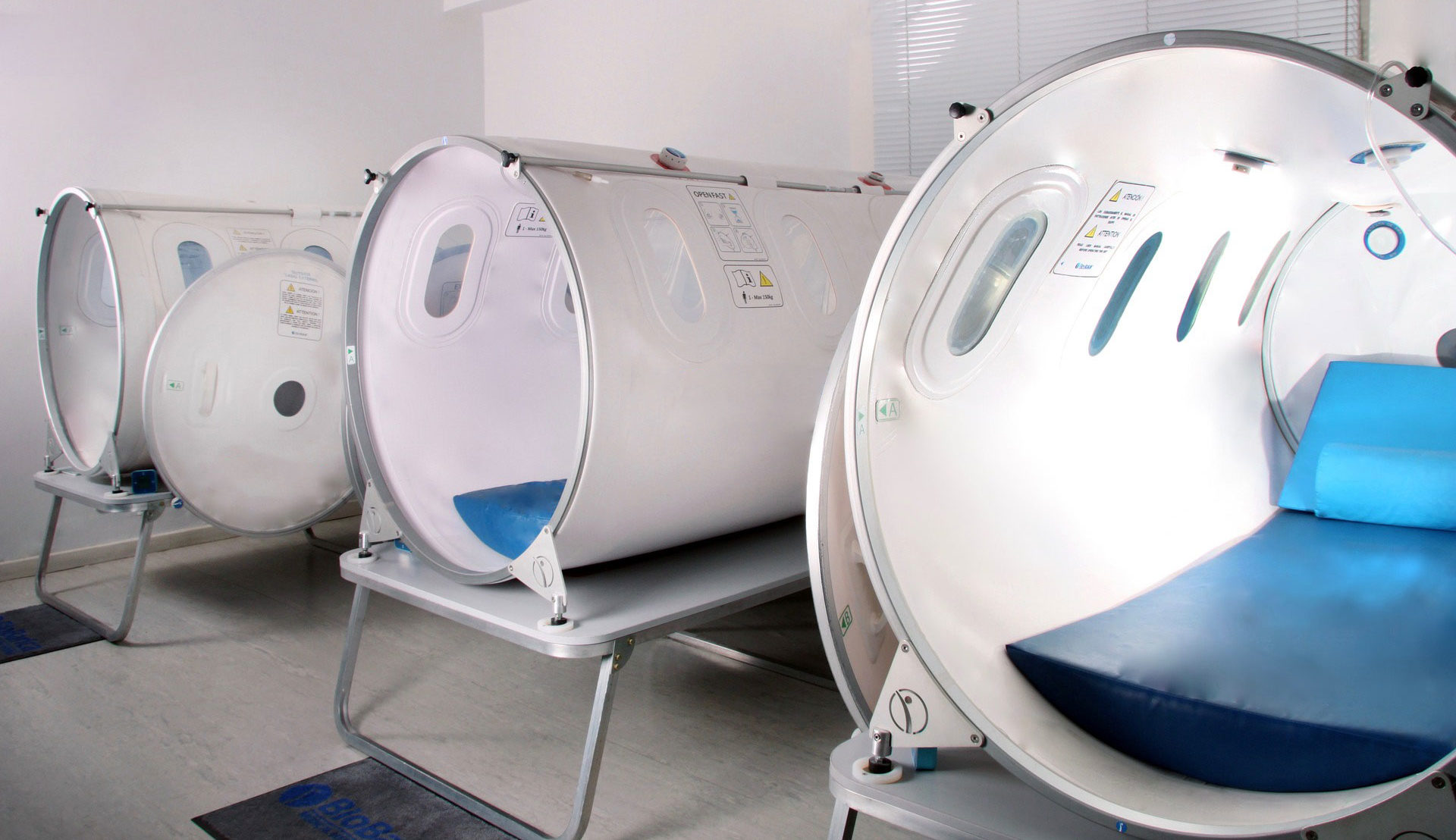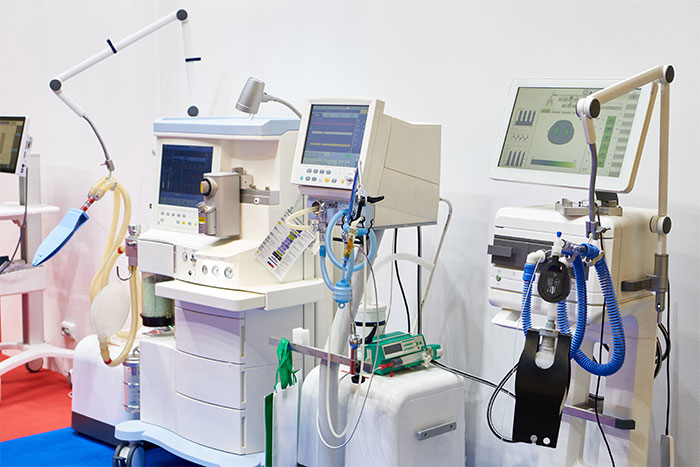Hazard Analysis Tools
- Qualitative Fault Tree Analysis: WHA utilizes qualitative fault tree analysis as a tool to determine the risks associated with systems, products, or processes. The hazards of concern (often thermal runaway, fire, and/or explosion) are analyzed to determine the elements of causation (faults) that are visually represented in a fault tree diagram. From the fault tree diagram, the relationships between faults, identified vulnerabilities in the design, and areas that are double-fault protected are apparent. These realizations aid engineers in design decisions and test direction and are useful for demonstrating safe design.
- Quantitative Fault Tree Analysis: Qualitative fault trees can further be expanded to quantitative fault trees that are useful for probabilistic risk assessment. WHA performs Fault Tree Analysis consistent with IEC/ISO 31010 Risk Assessment Techniques and NASA Fault Tree Handbook with Aerospace Applications.
- Probabilistic Risk Assessment: WHA tailors the analysis with the unique design consideration of our client’s products and systems in mind. The techniques utilized are consistent with ASTM E3159:2018 Standard Guide for General Reliability. Bathtub curve analysis, Weibull Analysis, and the application of life cycle concepts that are standard throughout the manufacturing industry in assessing reliability are just a few examples.
Electrostatic Discharge Risk Analysis
Electrostatic Discharge is a known source of ignition in the fuel gas industry and has been considered to be the source of ignition of several oxygen related fires that occurred in hyperbaric chambers as the result of unsafe practices due to insufficient hazard analysis.
Understanding the physics of electrostatic discharge events is crucial to determining the risk. WHA’s approach is consistent with NFPA 77, Recommended Practice on Static Electricity, and API Recommended Practice on Protection Against Ignitions Arising Out of Static, Lightning, and Stray Currents.
WHA has developed unique testing capabilities useful in determining the electrostatic discharge risk of a system, process, or product.


ISO/IEC 60601-1 ELECTRICAL SOURCE OF IGNITIONS FOR OXYGEN CARRYING EQUIPMENT HAZARD ANALYSIS
The ISO/IEC 60601-1 set of standards is a series of safety standards for medical electrical equipment (ME equipment). Manufacturers of medical devices with electrically-powered equipment must demonstrate compliance with this international standard in order to bring their device into markets in the US and EU.
WHA analyzes designs against the specific requirements related to oxygen hazards that are contained within IEC/ISO 60601 (Section 11.2.2). This can include probabilistic risk analysis methodologies that can then be utilized in a Risk Management process as required by IEC/ISO 60601 in subclause 4.2.
Want to Learn More?
In a recent article, we spoke with WHA Electrical and Forensic Engineer Nic Linley to learn about the risks and paths to compliance for medical oxygen devices that handle oxygen.
